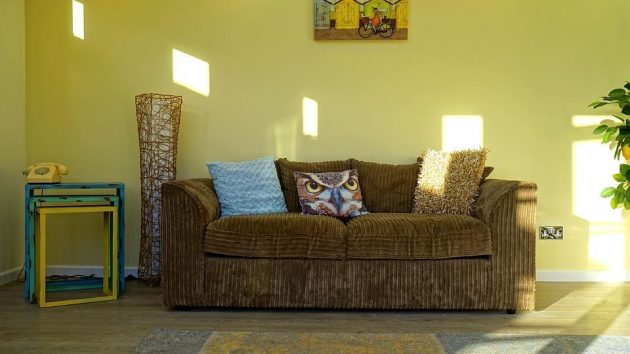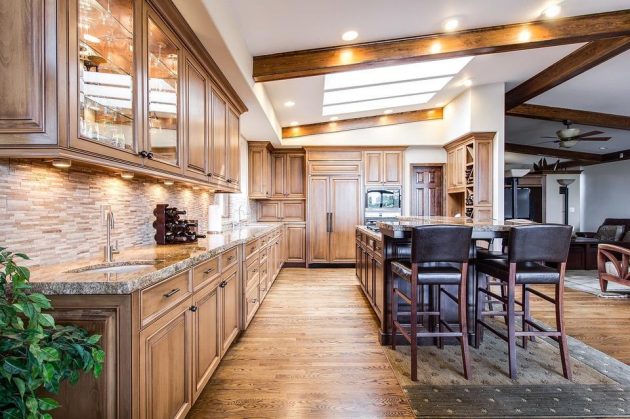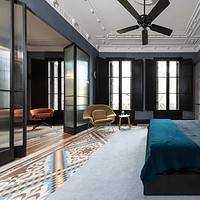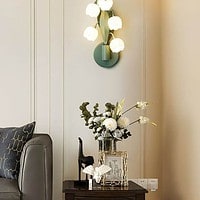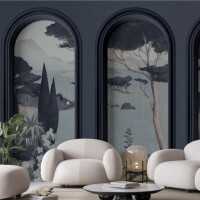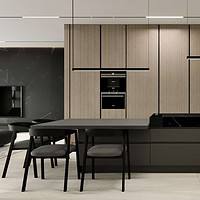Raising the shades and opening your curtains to let in natural light is a great start to your day. After all, the natural lighting coming in through your windows will trigger the internal circadian clock, get you going and generally make you feel good, even when it’s cloudy outside. However, there’s more to daylight than what reaches your eye.
Better daylight helps you see better, think clearer, stay safe, save energy, and makes your home a more enjoyable place to be in. Bringing in plenty of natural daylight helps create a positive home environment and even has health benefits that include keeping at bay seasonal affective disorder as well as other types of depression. Without further delay, here are five ways to make your home feel more light and airy – even if you’re not getting much natural light.
Painting
You can make any room brighter by simply applying white paint to the ceiling, reflecting light instead of absorbing it, as well as the walls. Specialist emulsions that are not really white and tougher than standard emulsions will help even more. These emulsion paints contain light-reflective particles that reflect twice as much light back into a room compared to standard paints – you can even go artsy by choosing bright chalkboard arts on showcase, like at Versachalk.
Get the Most from Your Windows
One of the best ways of controlling daylight is simply by having your home face the sun correctly. The best-case scenario would be to have a large façade of your home facing south and it should have the most windows. Of course, you cannot do much about the current direction your house faces, but understanding how light from outside changes through the day and year will help you achieve optimal sunlight.
Most north-facing windows do not get a lot of sunlight, so they tend to lose more heat than they bring in. Reduce the number of north-facing windows in your home to minimize heat loss. On the other hand, north light is pleasing, soft, and glare-free – making it the ideal ambient light.
West and east-facing windows bring in lots of sunlight and may be difficult to shade. The morning light from the east is acceptable – even in summer – it helps chase away darkness while adding cheery light to your interiors in the morning. However, west light is harder to manage and can be hot and harsh in summer.
To reduce the western sunlight coming into your home in the warmer months, use low-E coatings on windows. Plus, use shade windows that come with awnings, and they’ll help reduce the amount of light coming in. Consider planting deciduous trees to shade your home in summer, but lose the leaves and let sunlight in during winter.
Use Skylights and Solar Tubes
You can add natural lighting in your home by increasing the size and number of windows, but this is not always feasible. The next best thing is to add solar tubes and skylights.
Using a skylight lets in about 30 percent more light than a similarly sized window. Skylights are best for areas like family rooms, and rooms like the bath or bedroom where you require privacy and extra lighting. Nevertheless, you need to cautious about installing skylights in intense sunlight since the glare can become a problem in the media room or kitchen.
A solar tube works by gathering light from a small rooftop dome and channels it, via a reflective tube, from the ceiling to a diffusing light fixture. In bright sunlight, a 10-inch diameter solar tube can bring as much light as three bright LED bulbs – enough light to illuminate a 200-square-foot room.

